Tough skin is an important feature for many animals, as it helps protect them from predators, the environment, and other factors. Physical characteristics like their hides can tell us a lot about their habitat and daily life.
In this article, we will explore the top 10 animals with the toughest skin. You will discover the reasons why they have tough skin, whether it’s connected to their habitat, the climate they live in, or their predators. From the bison to the crocodile, these animals have some of the most remarkable skin in the animal kingdom.
You are reading: The Top 10 Animals With The Toughest Skin
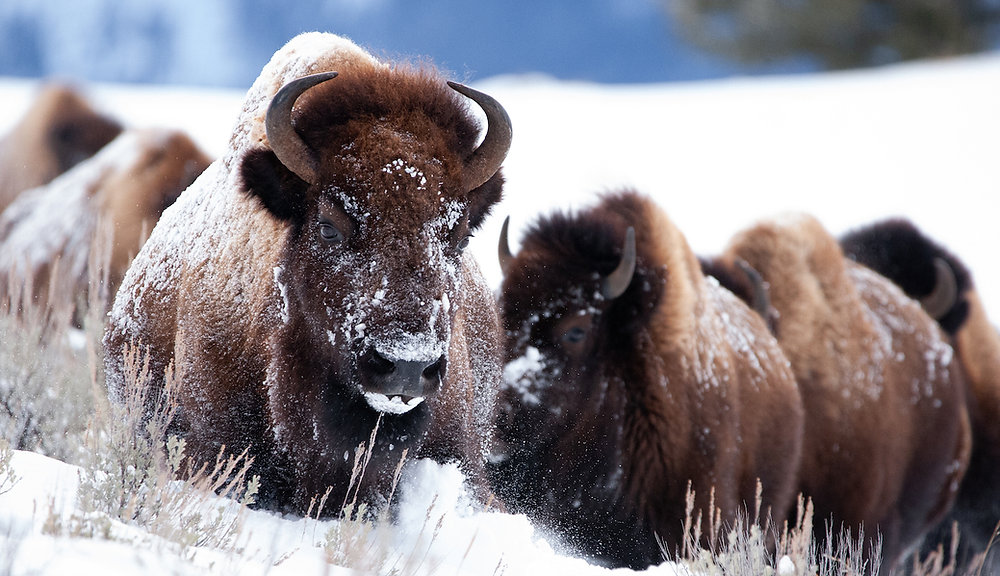
The Top 10 Animals With The Toughest Skin
Bison
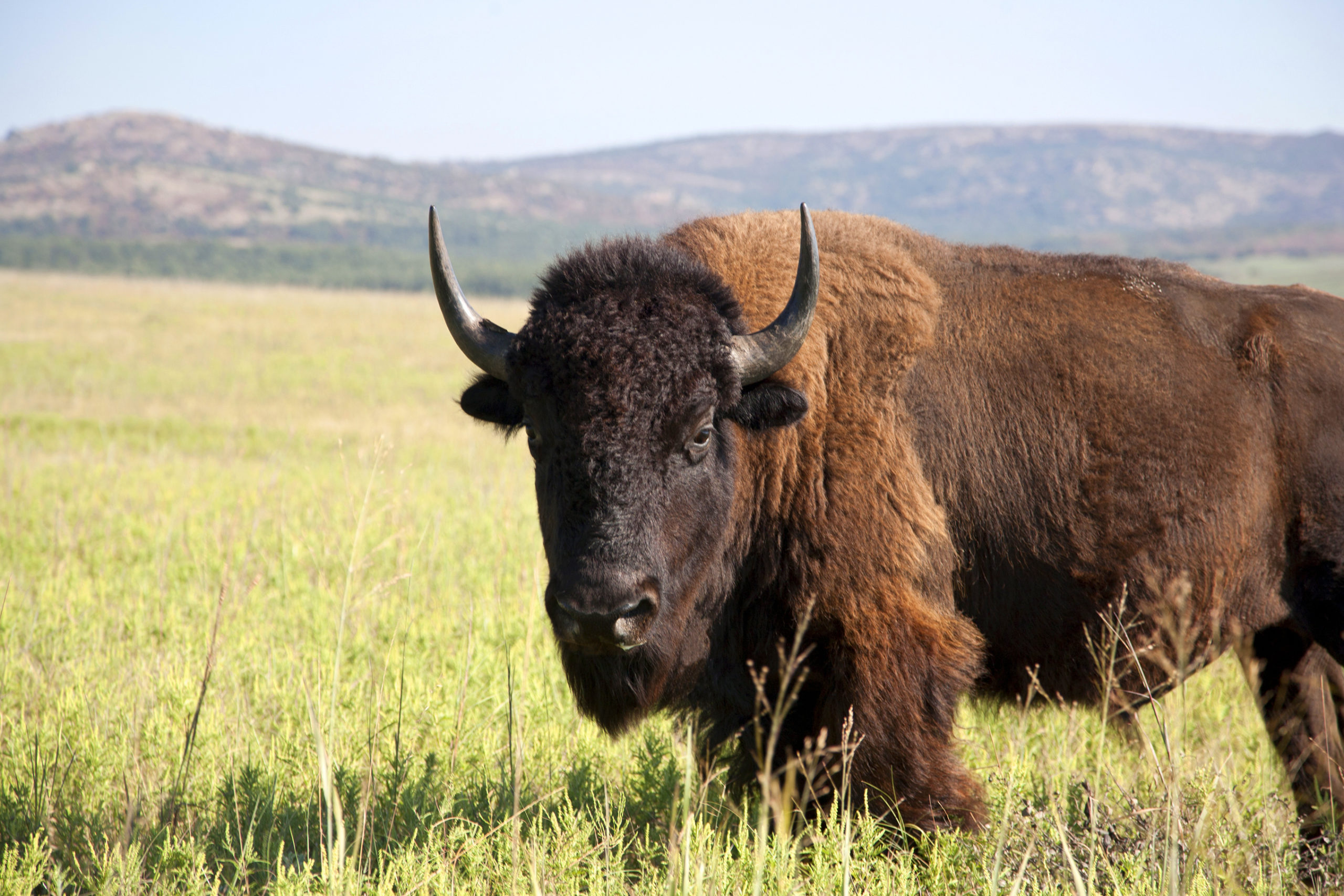
Here is the information about bison:
– A bison is a strong mammal with a thick hide and a long coat of fur.
– Its thick skin serves as insulation against the cold winter weather.
– Bison skin actually changes with the weather by toughening further as the temperature drops.
– The tough hide of a bison protects it from the bites of horseflies, fleas, and other pests that are constantly swirling around in the warm weather months.
– Bison’s strong hide is also a defense against predators including mountain lions, wolves, and grizzly bears.
– Bison develop thick, woolly coats during the cold winter season to help protect them from freezing temperatures and harsh winds.
– Bison leather is known for its remarkable durability and strength, being 40% stronger than cowhide.
– The hide on a bison can be close to a half-inch thick in some places.
Armadillo
Armadillos are New World placental mammals in the order Cingulata, meaning “little armored ones” in Spanish. They are the only living mammals that wear such shells. The bony plates that cover their back, head, legs, and tail serve as excellent protection from predators.
Armadillos are barrel-shaped animals covered with natural armor, made up of overlapping plates covering the back, head, legs, and tail. The number of armored bands identifies the different species, and only one species, the three-banded armadillo, can roll itself into a hard armored ball to defend itself against predators.
Armadillos have pointy snouts and long, sticky tongues, similar to anteaters, which are close cousins. Their eyesight is poor, so they hunt with a highly developed sense of smell.
Armadillos are prolific diggers and dig many burrows, as well as dig for food. They eat insects and other invertebrates, and are skilled at digging for grubs and occasionally eat berries and bird eggs.
Honey Badger
The honey badger, also known as the ratel, is a mammal widely distributed in Africa, Southwest Asia, and the Indian subcontinent. It is the only species of the genus Mellivora and is listed as Least Concern on the IUCN Red List due to its wide range and occurrence in a variety of habitats.
The honey badger has a fairly long body, but is distinctly thick-set and broad across the back. Its skin is remarkably loose, and allows the animal to turn and twist freely within it. The skin around the neck is 6 mm (0.24 in) thick, an adaptation to fighting.
Honey badgers are animals that are also known for having steel-like skin. It’s thick and loose and can withstand arrow piercings and machete attacks.
Plus, bee stings and porcupine pricks don’t affect them in the slightest. In terms of behavior, honey badgers are animals that are both notoriously cranky and aggressive. Ratels are both fearless and mean, and they’ll attack almost any animal.
Rhinoceros
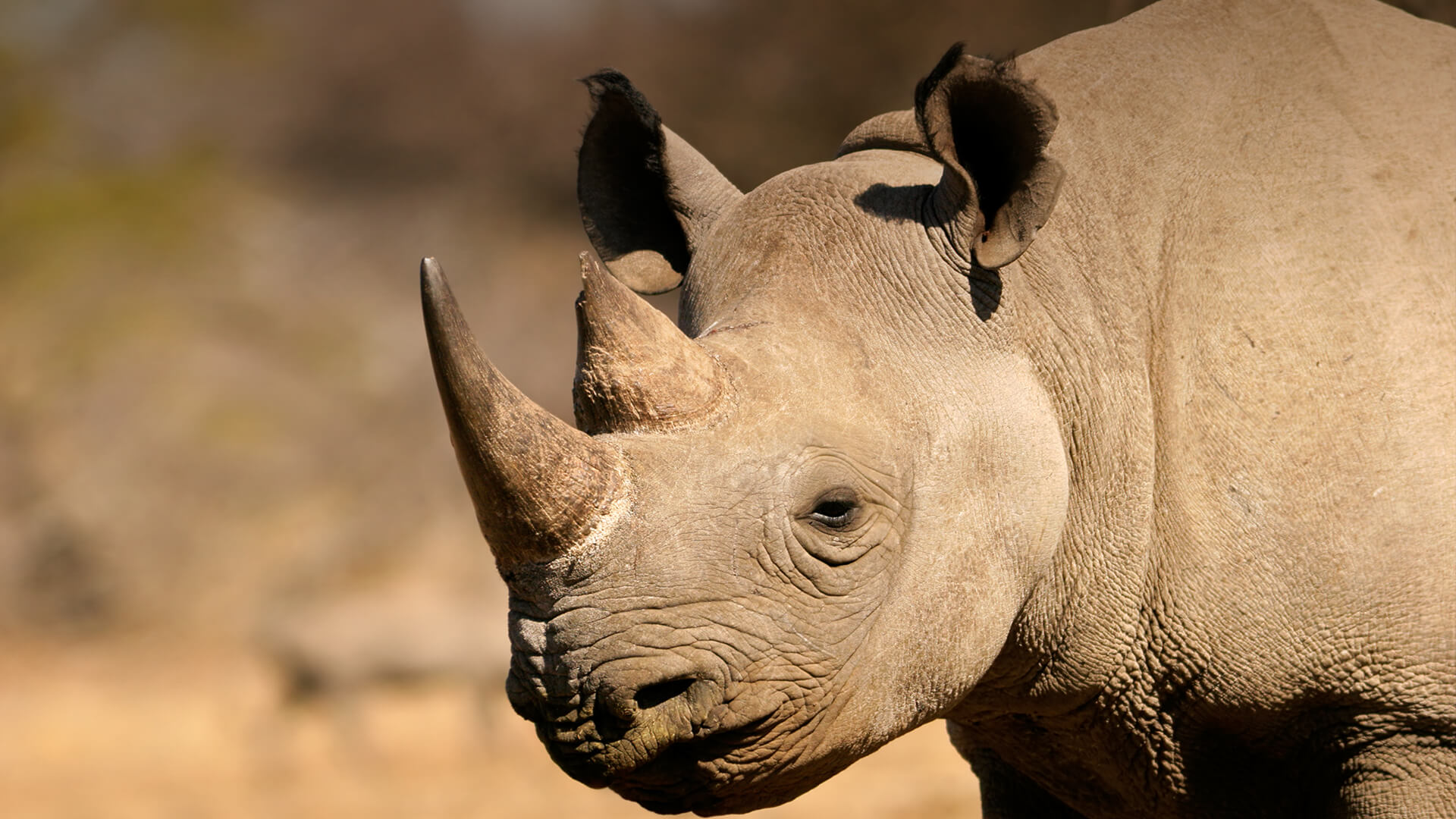
Rhinoceros, commonly abbreviated as rhino, is a member of the family Rhinocerotidae, which includes five extant species of odd-toed ungulates. Two of these species are native to Africa, while the remaining three are found in South and Southeast Asia.
The name “rhinoceros” is derived from the Ancient Greek words for “nose” and “horn,” referring to the animal’s distinctive feature. The plural form of the word can be either “rhinoceros” or “rhinoceroses,” and a group of rhinoceroses is called a crash or herd.
Rhinoceroses are large, powerful mammals with thick, protective skin and two horns. The two African species are the white rhino and the black rhino, each with its own unique characteristics.
The white rhino, which is actually gray in color, has a wide face, a hump on its neck, and a square-lipped mouth. On the other hand, the black rhino has a long face, a hooked-lipped mouth, and a thick, hairless gray hide.
These magnificent creatures face numerous challenges, including habitat loss and poaching for their horns. Rhino horns are made of keratin, the same material that makes up human hair and nails, and are highly valued in some Asian countries for their supposed medicinal properties.
As a result, three rhino species are currently listed as critically endangered. Conservation efforts, such as those led by organizations like the World Wildlife Fund (WWF) and the African Wildlife Foundation (AWF), are crucial for the survival of these iconic animals.
Hippopotamus
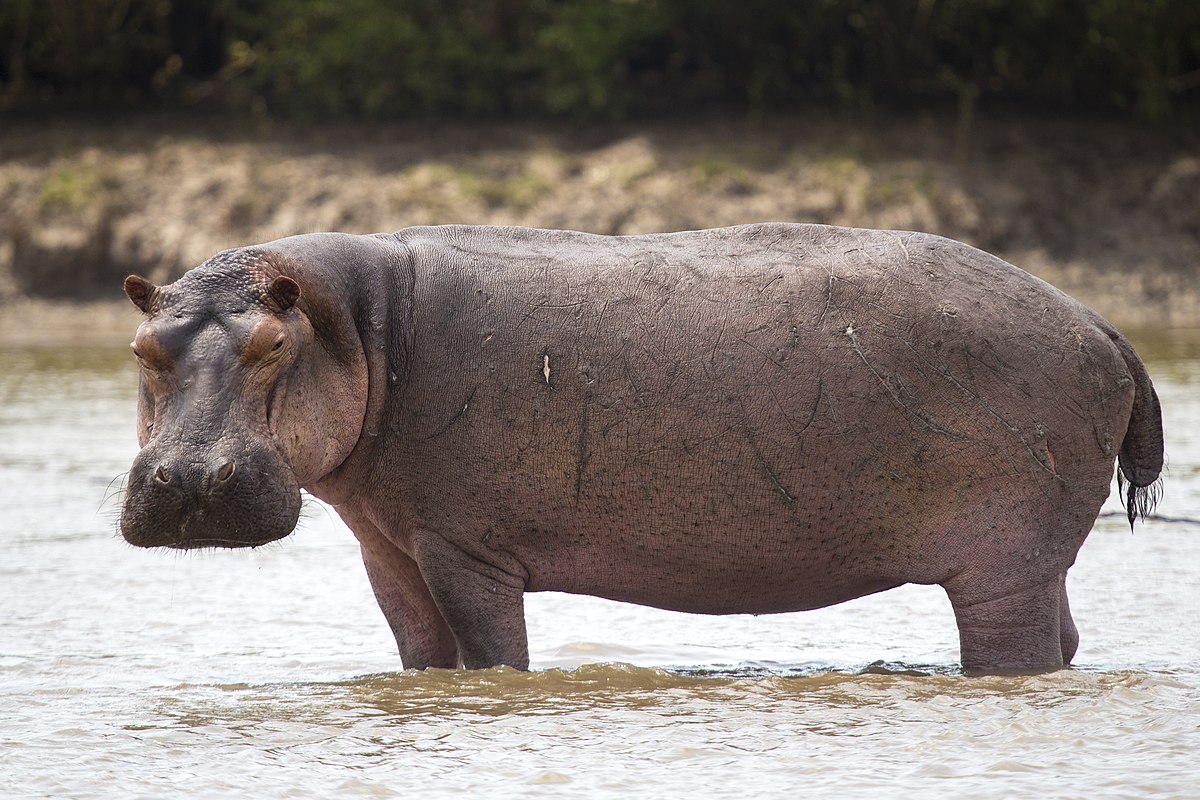
Hippopotamuses, also known as hippos, are large semiaquatic mammals native to sub-Saharan Africa. Here are some interesting facts about hippos:
Physical Characteristics:
– Hippos are the third-largest land mammals after elephants and white rhinos.
– They have very thick skin that is virtually hairless except for the thick bristle-like hair on their heads and tails.
– The outer layers of their skin are quite thin, making them prone to wounds from fighting.
– Their flat, paddle-like tail is used to spread excrement, which marks territory borders and indicates the status of an individual.
– Their powerful jaws are capable of opening up to 150 degrees, revealing their enormous incisors.
– The eyes and ears of a hippopotamus are on top of its head, so it can keep watch for enemies—mainly crocodiles—while lying low in the water.
Behavior:
– Hippos are often found in water, which is why their name comes from the Greek word for “river horse”.
– They are herbivores and feed on short, soft grasses and fallen fruit.
– Hippos are known for their aggressive nature and enormous teeth.
– They are also known for the myth that they sweat blood, which is not true.
– Hippos are vulnerable to habitat loss and poaching for their meat, hide, and ivory.
Conservation:
– Both species of hippopotamus are now mostly confined to protected areas due to subsistence hunting and loss of habitat.
– In 2002, about 5.5 tons of hippo teeth were exported from Uganda, which equates to an estimated 2,000 individual animals.
– Hippopotamus teeth have been excluded from many of the strengthened ivory bans now spreading across the world, making this vulnerable species at an increased risk from ivory poachers.
– The hippopotamus is listed as a vulnerable species on the IUCN Red List, with a population of 115,000 to 130,000.
– Conservation efforts, such as those led by organizations like the African Wildlife Foundation and the World Wildlife Fund, are crucial for the survival of these iconic animals.
Camel
Camels are fascinating creatures known for their ability to survive in harsh desert environments. Here are some interesting facts about camels:
– There are two species of camels: the Bactrian camel (Camelus bactrianus) and the dromedary camel (Camelus dromedarius).
– About 90% of the world’s camels are dromedary camels, also known as Arabian camels.
– Bactrian camels have two humps on their backs, while dromedary camels have a single hump.
– Camels are herbivores, feeding on grass, grains, wheat, and oats.
– They have tough but flexible lips that enable them to eat vegetation such as thorns or salty plants that other mammals may avoid.
– Like cows, camels are ruminants, meaning they regurgitate their food to chew it again.
– Camels have been used by humans since ancient times for transportation and as a source of food and textiles.
– The nomads of Africa’s Saharan region continue to use dromedary camels in their daily lives.
– Camels can go for long periods without drinking water, and when they do drink, they can consume up to 30 gallons (113 liters) in a single sitting.
– They have an unmistakable silhouette, with a humped back, short tail, long slim legs, and a long neck that dips downward and rises to a small narrow head.
Grizzly bear
The grizzly bear, also known as the North American brown bear or simply grizzly, is a subspecies of the brown bear that inhabits North America. Here are some interesting facts about grizzly bears:
Physical Characteristics:
– Grizzly bears are massive animals with humped shoulders and an elevated forehead that contributes to a somewhat concave profile.
– Their fur is brownish to buff, and the hairs are usually silver- or pale-tipped, giving the grizzled effect for which the bear is named.
– Large adult grizzlies may be about 2.5 meters (8 feet) long and weigh about 410 kg (900 pounds).
– They have long straight claws, which make them excellent diggers and climbers, but they rarely climb trees.
– Grizzly bears have poor eyesight, but they have an excellent sense of smell.
– They are surprisingly agile and can run as fast as 56 km (35 miles) per hour over short distances.
Behavior:
– Grizzly bears are mainly solitary and territorial, except for mothers and their cubs, or when a plentiful food source is discovered.
– They are omnivores and feed on a variety of foods, including berries, roots, insects, fish, and small mammals.
– Grizzly bears are known for their aggressive nature and have been known to attack humans without evident provocation.
– Females with cubs are the most aggressive.
Conservation:
– Grizzly bears are a threatened species in the United States, and their populations have declined due to habitat loss, hunting, and other factors.
– The California grizzly bear is extinct.
– Conservation efforts, such as those led by organizations like the National Wildlife Federation and the World Wildlife Fund, are crucial for the survival of these iconic animals.
Elephant
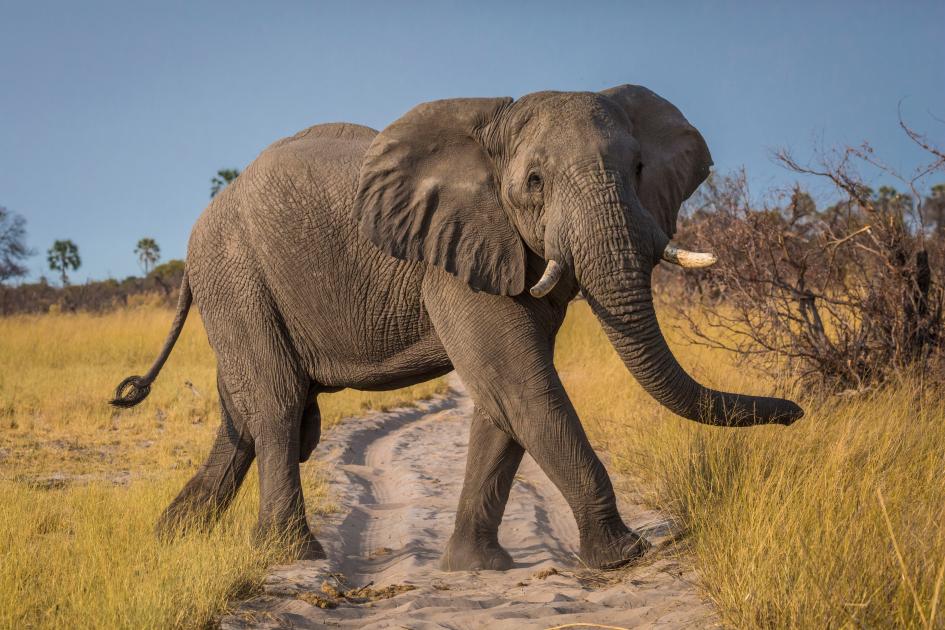
The Top 10 Deadliest Animals In The World
Elephants are the largest land animals on Earth, with three recognized species: the African bush elephant, the African forest elephant, and the Asian elephant.
Here are some interesting facts about elephants:
Read more : Top 10 Animals That Use Sonar To Survive
– Distinctive Features: Elephants have long, muscular trunks, tusks, large ear flaps, pillar-like legs, and tough but sensitive gray skin. African elephants have larger ears that resemble the shape of the continent, while Asian elephants have smaller, rounded ears.
– Trunks and Tusks: Elephants use their trunks for various tasks, such as picking up objects, trumpeting warnings, greeting other elephants, and sucking up water for drinking or bathing. Both male and female African elephants grow tusks, and each individual can be left- or right-tusked, with the one they use more often being smaller due to wear and tear.
– Habitat and Diet: Elephants need extensive land areas to survive and meet their ecological needs, including food, water, and space. On average, an elephant can feed for up to 18 hours a day and consume hundreds of pounds of plant matter in a single day.
– Conservation Status: African elephants are slightly larger than their Asian counterparts and are listed as two separate species: the savanna elephant (endangered) and the forest elephant (critically endangered). Asian elephants are also endangered due to habitat loss and poaching for their tusks.
– Intelligence and Communication: Elephants are one of the smartest animals on the planet, exhibiting self-awareness, self-recognition, and the ability to learn and remember details. They communicate through a variety of vocalizations, including low rumbling sounds that can be heard up to 5 miles away.
Crocodile
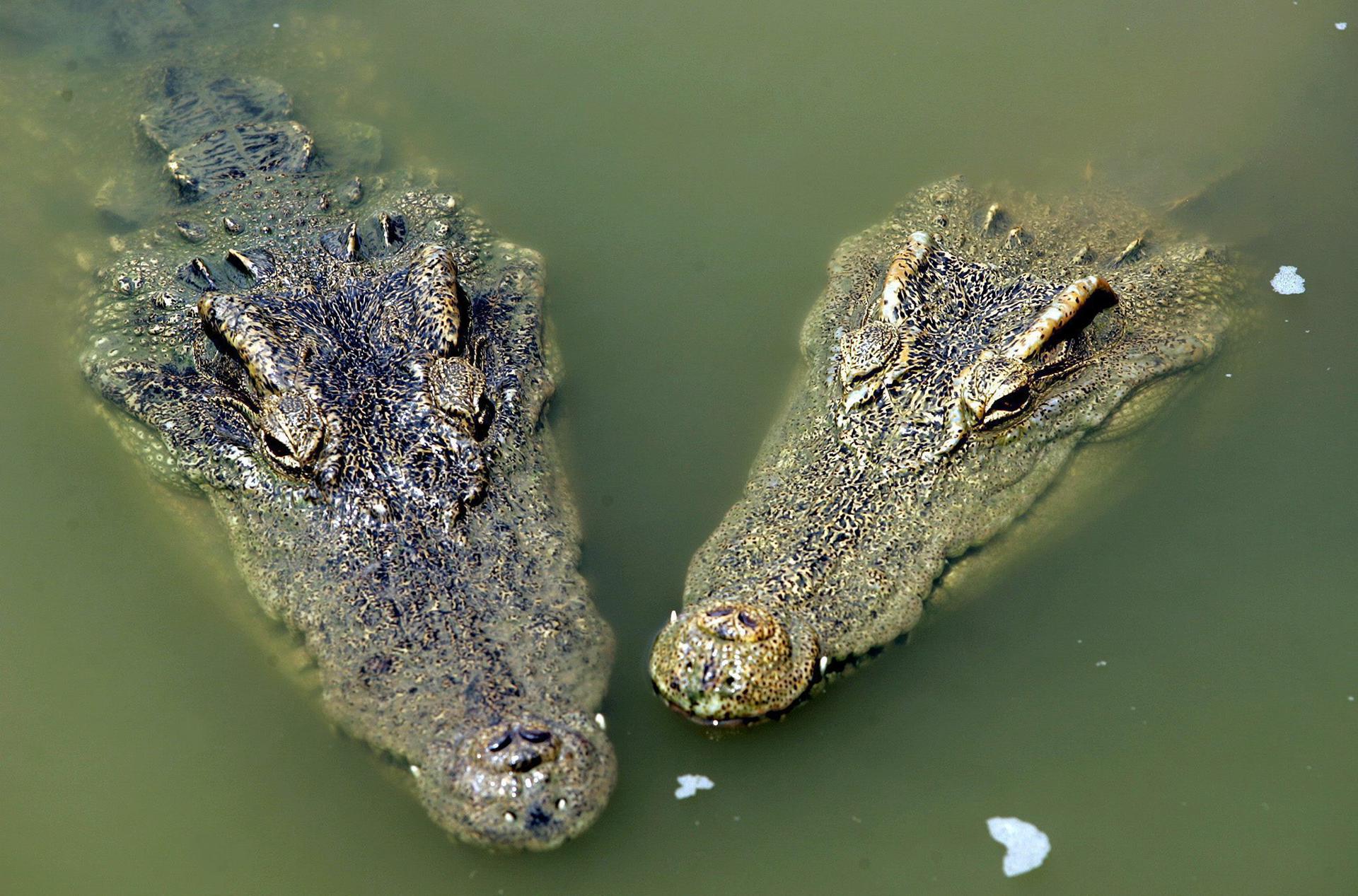
The Top 10 Deadliest Animals In The World
Crocodiles are large, semi-aquatic reptiles that live throughout the tropics in Africa, Asia, the Americas, and Australia. Here are some interesting facts about crocodiles:
– There are 23 species of crocodiles, including the American crocodile, the Nile crocodile, the saltwater crocodile, and the dwarf crocodile.
– Crocodiles have powerful jaws with many conical teeth and short legs with clawed webbed toes.
– They share a unique body form that allows the eyes, ears, and nostrils to be above the water surface while most of the animal is hidden below.
– Crocodiles are predators and spend most of their time in the water, although they are also known to make journeys of several kilometers over land.
– In the first weeks of life, crocodiles eat insects, crustaceans, snails, small fishes, frogs, and tadpoles. Older crocodiles mainly eat fish and are more apt to prey upon waterfowl and on mammals.
– Crocodiles capture water animals in their jaws with a sideways movement of the muzzle.
– They have sensitive pressure receptors located in pits in the scales around the mouth that detect motion, which assists in the capture of prey in dark or murky water.
– To catch land animals, a crocodile floats passively or remains motionless at the edge of the water where prey habitually drink. With a sudden lunge, it seizes an unsuspecting animal and drowns it.
– The crocodilian brain is relatively tiny compared with the size of the body; the brain of an alligator that is 4 meters (13 feet) long weighs only 11 grams (0.4 ounce).
– Crocodiles are a living link with the dinosaur-like reptiles of prehistoric times and are the nearest living relatives of the birds.
– Crocodiles are threatened by habitat loss, hunting, and other factors.
– Conservation efforts, such as those led by organizations like Crocodiles of the World and the World Wildlife Fund, are crucial for the survival of these iconic animals.
Cowhide
Cowhide is known for its toughness and durability, making it a popular choice for leather products. Here are some key points from the search results:
– Cowhide is the most durable leather, making it an obvious choice for motorcycle leathers, straps, and handles.
– Compared to other kinds of animal leather, cow skin is superior in terms of how long it lasts, how fine it is, and how easily it rips.
– Cowhide is one of the heaviest leathers, making it very tough and durable.
– However, the strength of cowhide leather highly depends upon the thickness of the rawhide and the grade of leather.
– Cowhide is pretty comfy and expands to conform to the curve of the user’s body while they wear it.
– While grain cowhide may be really rugged, which makes it stronger than goatskin, it does not have the flexibility or stretch as much as goatskin does.
– Cowhide has the tendency to weigh more even as a finished product, whereas goatskin is comparatively lighter.
– Cowhide is known for several qualities, but its toughness and durability are noteworthy.
– Cowhide is the sort of leather that is known for being the most durable and versatile.
In summary, cowhide is a tough and durable leather that is ideal for products that require strength and longevity.
FAQS
1. What are the top 10 animals with the toughest skin?
The top 10 animals with the toughest skin are bison, armadillo, honey badger, rhinoceros, hippopotamus, camel, grizzly bear, elephant, crocodile, and cowhide.
2. Why do some animals have tough skin?
Some animals have tough skin to protect them from predators, the environment, and other factors.
3. What are some physical characteristics that can tell us about an animal’s habitat and daily life?
Physical characteristics like an animal’s hide can give us clues about its habitat, the type of climate it lives in, and its predators.
4. Why are crocodiles said to have the toughest skin in the animal kingdom?
Crocodiles have the toughest skin in the animal kingdom, with a hide thick enough to protect them from bullets.
5. What are some conservation efforts being made to protect these animals?
Conservation efforts, such as those led by organizations like the World Wildlife Fund and the African Wildlife Foundation, are crucial for the survival of these animals.
6. What are some interesting facts about cowhide?
Cowhide is a byproduct of the food industry from cattle and is frequently processed into leather, which is used to make various products such as shoes, belts, and jackets. Cowhide can also be used to make rugs, pillows, and other decorative items.
Source: https://petstutorial.com
Category: Animals










